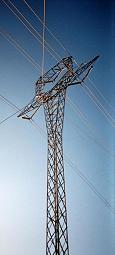
which we make camp.
|
Arizona Prominences November 2009 Trip Report © November 2009 Adam Helman |

|
|
The power line beneath which we make camp. |
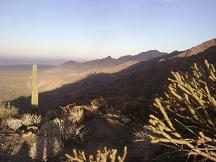
|
|
Morning shadows on the Sierra Estrella Range. |
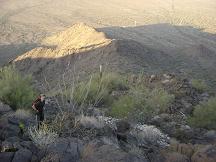
|
|
The ridge taken east with Adam in foreground. Transmission towers are at shadow's edge. |
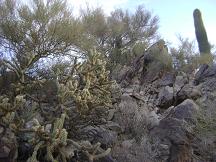
|
|
Standard flora and terrain encountered at Sierra Estrella. |
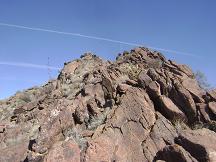
|
|
A rocky portion along the final summit ridge. |
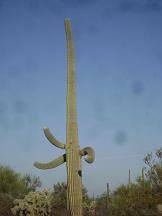
|
|
Three "arm" cactus along the approach drive. |
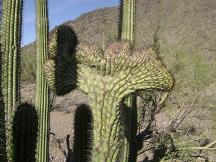
|
|
A rare and unusual shape tops this desert floor succulent. |

|
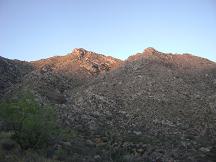
|
|
The key 4,850 foot saddle is at left in this early morning view. |
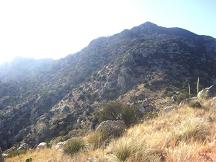
|
|
One heads under (left, south) of the three rock pinnacles just right of photo's center. |
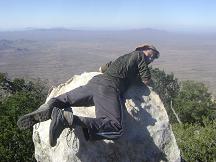
|
|
Adam atop the highest boulder. |
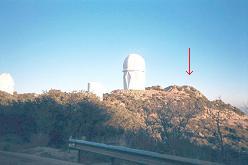
|
|
View northwest to the highest ground - marked here with a red arrow. |
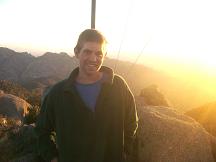
|
| Chris atop Kitt Peak. |
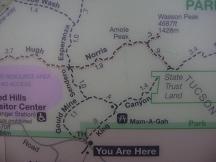
|
|
Trailhead map for Wasson Peak. |
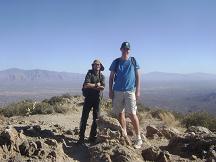
|
|
Atop Wasson Peak with Chris and Adam. |
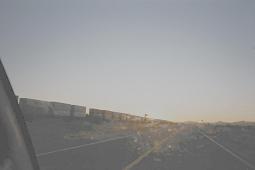
|
|
This westbound train forms an effective sunblock. |
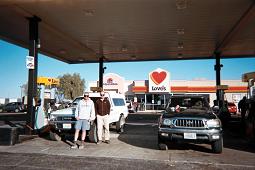
|
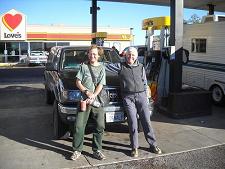
|
|
Mark Adrian (far left), Richard Carey (center), "DENALY" at Gila Bend. |
Gail Hanna and Adam in Gila Bend. |
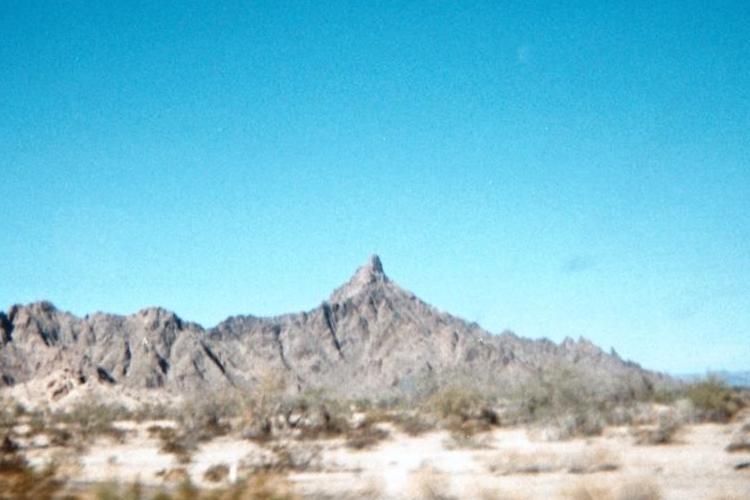
|
|
A future goal is benchmark Hawk, seen here looking north from Interstate-8 near mile marker 54. |